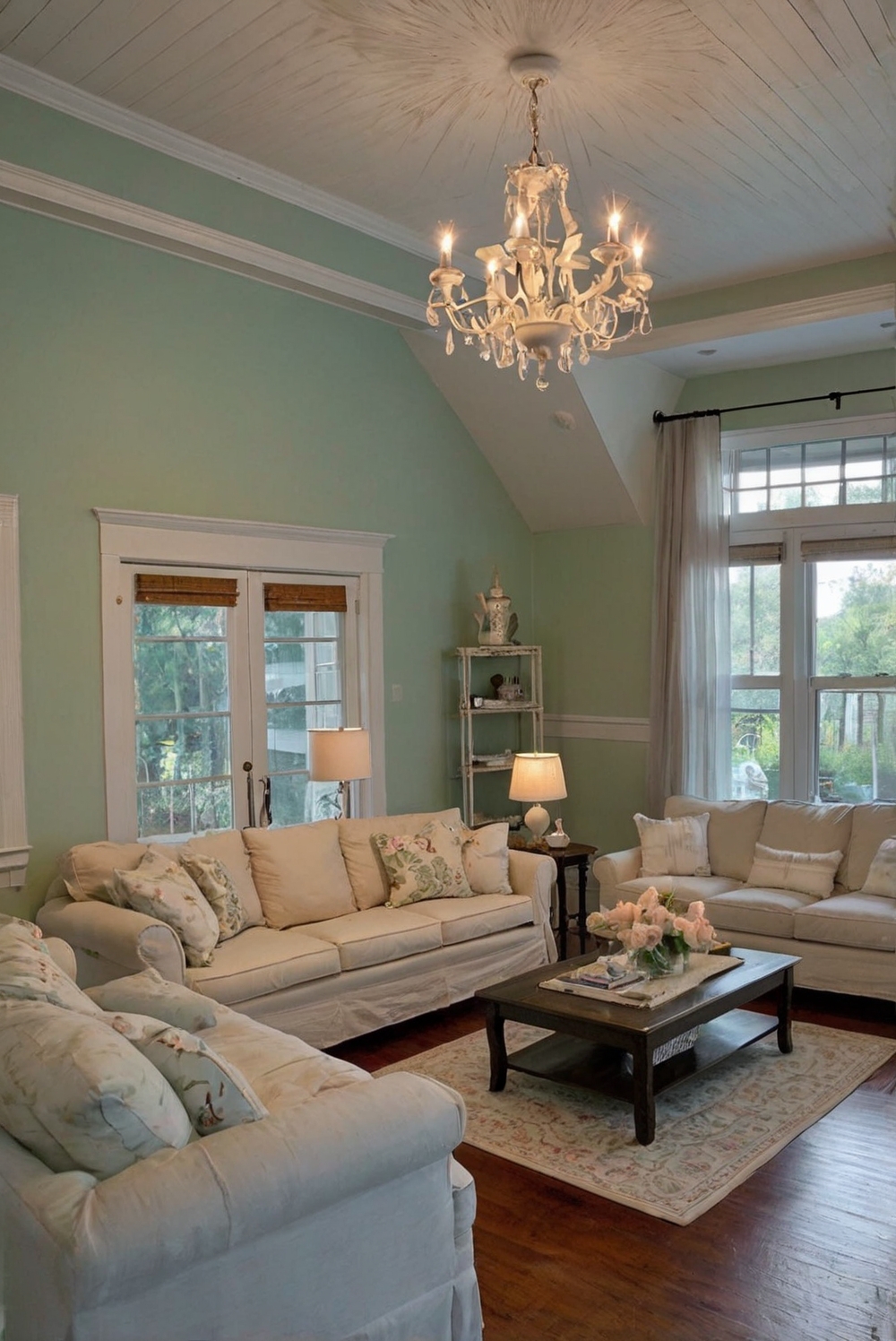Wondering if your living room color scheme should extend to the ceiling? Explore the daily routine of an interior designer and their unique decor ideas.
**Should you include your ceiling in your living room color scheme?**
**Answer:** Yes, including your ceiling in the living room color scheme can enhance the overall look of your home interior design. When painting the ceiling, consider the height of the room, natural light, and existing furniture colors to ensure a harmonious blend. Use a primer paint for walls and ceilings to ensure a smooth and even finish. Opt for light colors to make the room appear spacious or go bold with a statement ceiling to add character. Ensure proper color matching painting to create a cohesive look. By including the ceiling in your color scheme, you can transform your living room into a stylish and visually appealing space.
Should you include your ceiling in your living room color scheme?
Yes, the ceiling is an important element of the room that should not be overlooked in your color scheme.
When designing a room, many people focus on the walls, furniture, and accessories, but the ceiling plays a crucial role in the overall look and feel of the space. Including the ceiling in your color scheme can create a cohesive and harmonious design that ties the room together.
By painting the ceiling a different color than the walls, you can add visual interest and dimension to the room. This can make the space feel more dynamic and unique. Additionally, choosing a lighter color for the ceiling can make the room feel larger and more open, while a darker color can create a cozy and intimate atmosphere.
Consider the size and height of your living room when selecting a color for the ceiling.
If you have a small living room with low ceilings, painting the ceiling a lighter color can help create the illusion of more space and height. On the other hand, if you have a large living room with high ceilings, a darker ceiling color can help bring the space down to a more comfortable scale.
Incorporating the ceiling into your color scheme can also help highlight architectural details, such as crown molding or ceiling beams. By painting these elements a different color than the ceiling or walls, you can draw attention to them and enhance the overall design of the room.
It is important to choose a ceiling color that complements the rest of the room and works well with the natural light in the space.
Consider the existing colors in your living room, such as the furniture, flooring, and decor, when selecting a ceiling color. Choose a color that harmonizes with these elements and enhances the overall color scheme of the room. Additionally, take into account the natural light in the space, as different lighting conditions can affect how the ceiling color appears.
In conclusion, including your ceiling in your living room color scheme can have a significant impact on the overall look and feel of the space. By carefully selecting a ceiling color that complements the rest of the room and enhances the design, you can create a cohesive and harmonious living room that is both visually appealing and functional.

